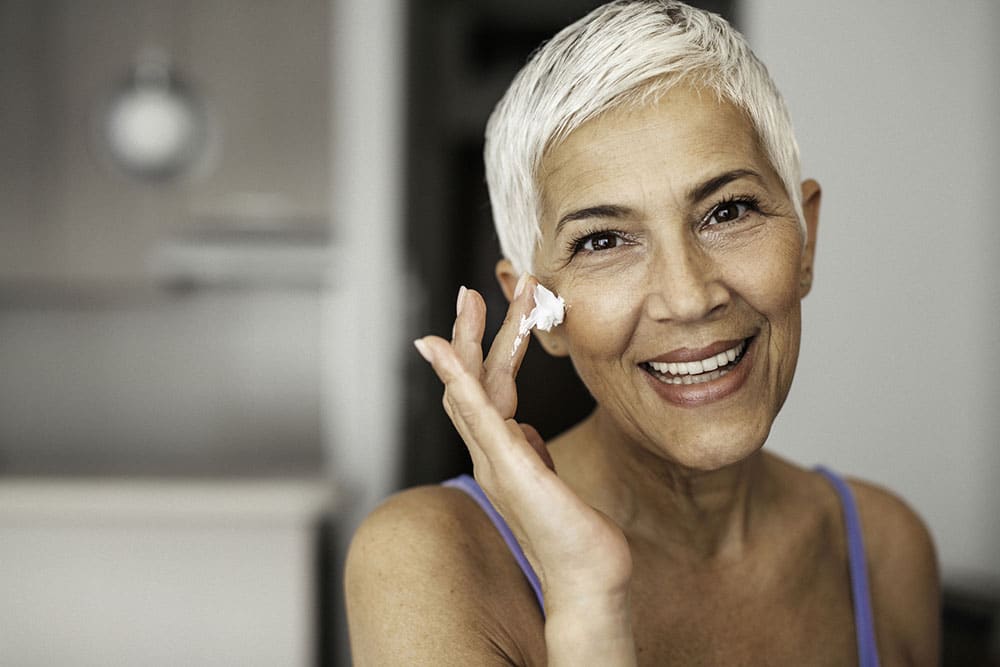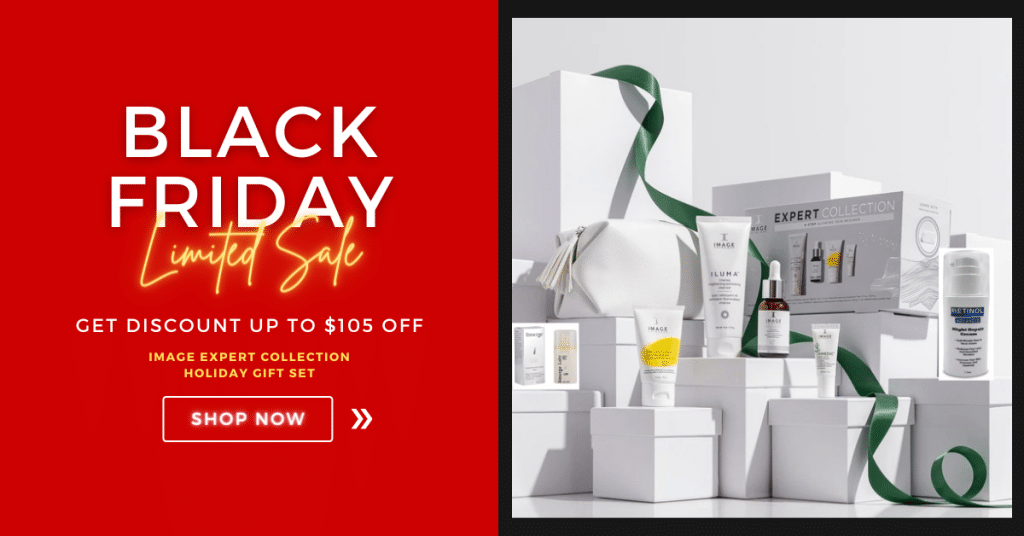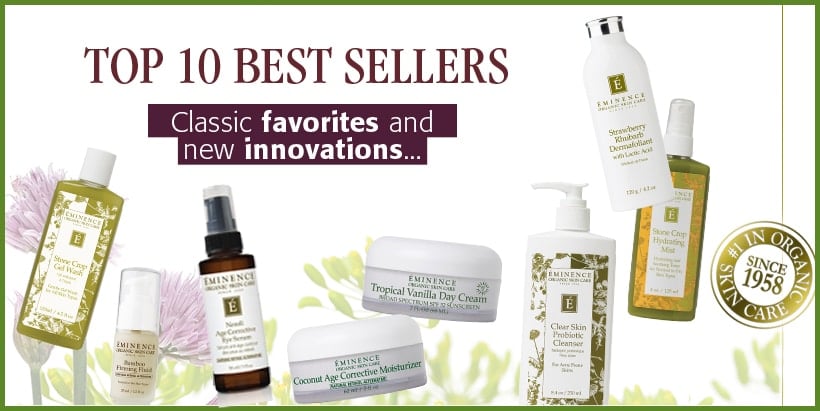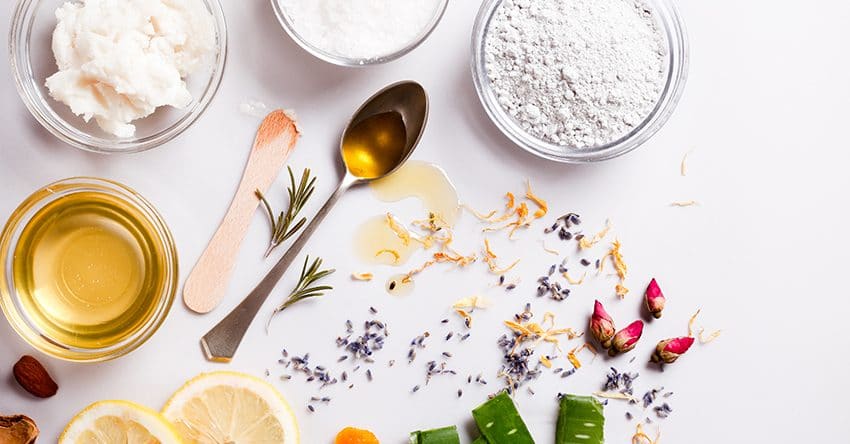Everyone worries about aging and the appearance of fine lines and wrinkles, and understandably so. But is anti-aging really the right term? If we’re not aging, then we’re dead, and if we’re dead, then we have MUCH bigger problems than fine lines and wrinkles!
Anti-aging is really a fight against time, but the truth is that we should be evolving with time, rather than fighting against it. Age does, after all, come with experience and wisdom, and in order to grow old gracefully we have to accept that our faces will change as we do. However, it’s understandable that everyone wants to ensure that they’re always looking like their best self by minimizing the signs of aging. It’s not about fighting every single line and wrinkle, but it’s about feeling better overall.
What are fine lines and wrinkles?
What causes our skin to age?
The skin is made up of several layers. At the very top is the epidermis, which is a thin layer on the top of your skin in which cells travel upward in a 28-day cycle to replenish.
Beneath this is the dermis, which is the cushion of the skin and has three main components: elastin, glycosaminoglycans (GAGs), and collagen. Elastin is what gives your skin and the muscles of your face elasticity, while GAGs include hyaluronic acid, which gives your skin hydration and plumpness.
It’s collagen, however, which has the strongest impact on how we age. Collagen is what gives our skin firmness, but after we hit our mid-twenties, collagen production decreases by one percent per year. By the time we reach our 90s, our bodies are producing almost no collagen at all, and so we become extremely wrinkled.
This is intrinsic aging, because it is an inevitable part of the cycle of life, and a result of the aging pattern determined by our genetics. Obviously, we cannot beat our genetics, and so we must accept this is just a fact of life, much like death and taxes!
However, this is only one form of aging. We also have to consider extrinsic aging. This is everything in the outside world that affects our skin: oxidative stress, pollution, sun exposure, smoking habits, alcohol intake and diet.
As we get older, all of these factors can lead to the superficial thickening of your skin, which can give you a leathery appearance and can emphasize wrinkles. It can also lead to certain types of pre-cancers, AKs, nonmelanoma skin cancers such as SECs, and basal cells. It also adds to a rough, uneven skin tone that will only get worse as you get older.
How do we prevent our skin from aging?
Prevention is the most important thing you can do to minimize how fast your skin is going to age, both intrinsically and extrinsically. You might be 15 and reading this thinking it won’t happen to you—but the truth is, you’re not invincible. Eventually, time will catch up with you, and the best thing you can do is act now to limit the damage.
Sun protection
So how do you limit the effects of aging? Well, the first and most important thing you can do is use proper sun protection.
The sun will always take a toll on your skin. UVA and UVB are the two sources of UV light that are directly linked to aging and sunburn, so the best thing you can do is to properly protect your skin from them. No matter the weather, you should use proper sun protection, 365 days a year.
Your baseline should be to use SPF 30 products. SPF 30 gives you 97% protection, which is a good baseline for day-to-day life. However, if you live in a particularly hot and sunny climate, or you spend a lot of time outdoors, you should take this into consideration and use SPF 45 or higher. You also want to ensure that you have both UVA and UVB production in your products to make sure that you’re getting as much protection as possible.
Sleeping habits
It might be difficult, but you should try and sleep on your back as much as possible to prevent forming folds on your face while you sleep that will turn into wrinkles. Sleeping on a silk pillowcase will also help limit the signs of aging, as they have less resistance and so have less traction on your face.
Diet
Diet is a really important part of looking after your skin. You want to keep your protein levels up, because protein contains the building blocks of collagen, and so will help boost your collagen production more than a supplement will. So, make sure you’re including a lot of eggs, fish, and other high protein foods in your diet. The Journal of Dermatology has also published research suggesting that avocado oil increases collagen production, so you may want to consider adding this to your diet.
You also want to ensure that you’re eating food that is rich in antioxidants. This includes leafy greens, blueberries, mangos etc. Antioxidants will help limit the signs of aging, and keep your skin in the best shape you can. You don’t have to completely overhaul your diet and cut out all sugar and carbs, but try to enjoy them in moderation.
Lastly, you need to make sure you hydrate! Being properly hydrated will give your skin some proper plumpness. You should be aiming for two and three liters of water a day, which is six to eight full glasses.
Ultimately, the most important thing is that you try your best to make healthy changes for your benefit.
Organic Skin Care
Barrier repair through proper skincare is also essential to protecting your skin from the signs of aging. There are a multitude of ingredients for you to look out for in your products that will help hydrate your skin and stimulate collagen production.
Hyaluronic Acid
Hyaluronic acid is one of the most well-known skincare ingredients for hydration. It’s a hydrating humectant used in a wide range of skincare products, and is very popular for helping hydrate your skin. However, it can be inflammatory and reactive, so you should be wary of including it in every step of your skincare routine.
Glycerin
Glycerin is an underrated hydrating ingredient that is relatively cheap and included in a vast number of products. It’s a nonirritating humectant that draws in water and gives your skin a firmer, more plump appearance instantly.
Urea
Urea serves a dual purpose. It’s both a humectant that absorbs water, and a good keratolytic, meaning that it’s going to get rid of the dead superficial skin cells. So, depending on the concentration of your urea product, it can make a big difference.
Anything less than 10% is a moisturizing urea. Between 10 and 20%, it is a moisturizing keratolytic. Above 20%, and it will just break up the superficial dead skin.
This is good, because not only does it clean, but it also helps to smooth your skin. The combination of natural aging and sun damage can create a thickening of the superficial epidermis, enhancing the appearance of fine lines and wrinkles. Urea helps smooth this out, and hydrates the skin to reduce the appearance of wrinkles.
Beta-Glucan
Beta-glucan is one of those underrated ingredients. Some studies indicate that it may be more hydrating than hyaluronic acid, as it holds onto water and prevents transepidermal water loss.
Vitamin C Serum
Vitamin C is an antioxidant and a necessary ingredient in the production of collagen. It’s important to include products high in Vitamin C in your daily routine to both protect your skin from future damage, and help your skin repair existing damage. You may also want to consider taking a supplement to help boost this even more.
-
Vitamin C Serum Plus Antioxidant
$72.00Original price was: $72.00.$36.00Current price is: $36.00. Add to cart
Alpha-Hydroxy Acids
Alpha-hydroxy acids such as glycolic acid, the smallest AHA out there, have been shown to boost collagen production and can penetrate the skin more deeply than other products. This is why exfoliating is really important, as it helps open up the pores for products to be as effective as possible.
Retinols
Retinols and retinoids have been tried and tested in stimulating collagen production. As retinol becomes more popular, it’s becoming easier and easier to find products that include it. It’s particularly useful as a serum around the eyes to help promote collagen production and reduce the appearance of fine lines.
At home devices
There are a number of at-home devices on the market to help in your antiaging journey. LED lights are particularly popular, but you must remember to do your research as not all light sources are created equally, and some will be more effective than others.
Microcurrent devices such as the NuFace and the Ziip are also popular, but you have to be very consistent in using them. You have to use them every single day to see results, so be sure that you’re ready for the commitment.
Wrapping up
Hopefully, you’ve learned a lot about what causes signs of aging, such as fine lines and wrinkles, and what you can do to prevent them. Ultimately, it’s important to remember that you can never truly eradicate the signs of aging—but it is possible to ensure that you’re always putting your best self forward.






